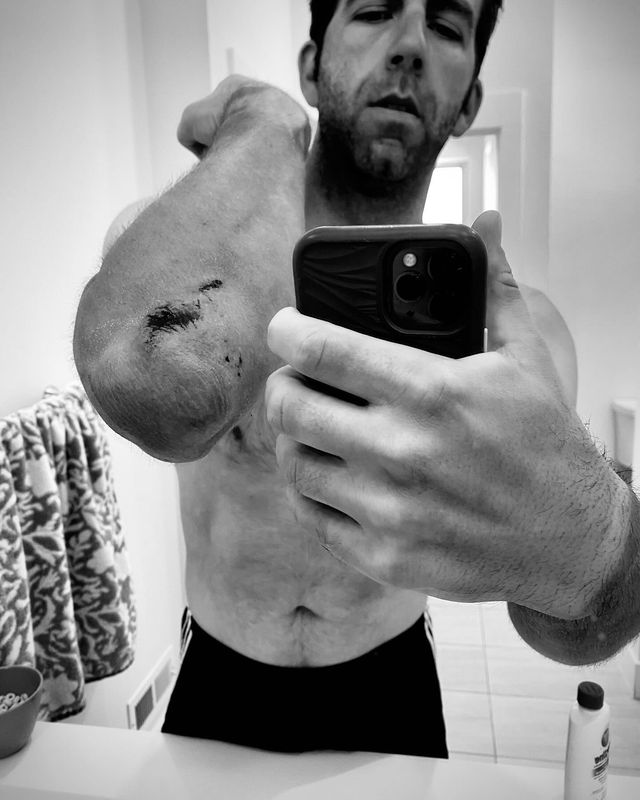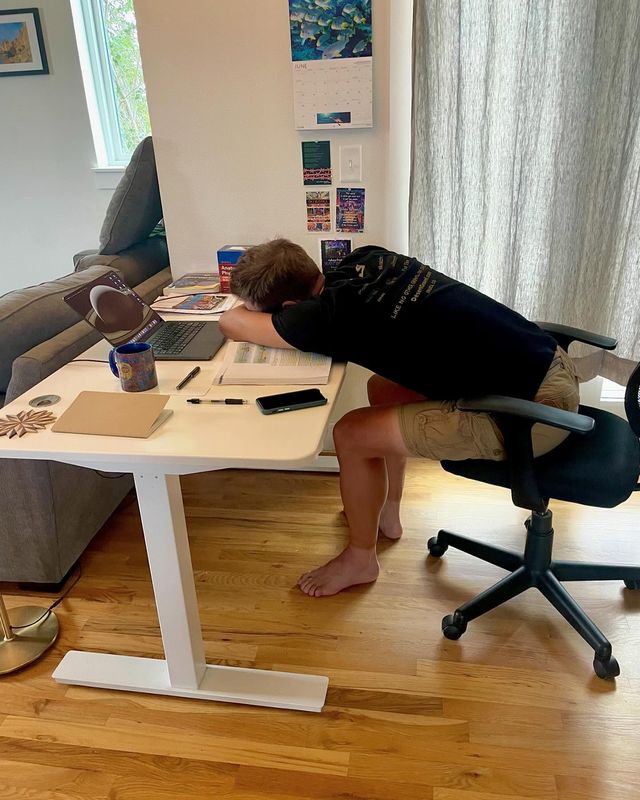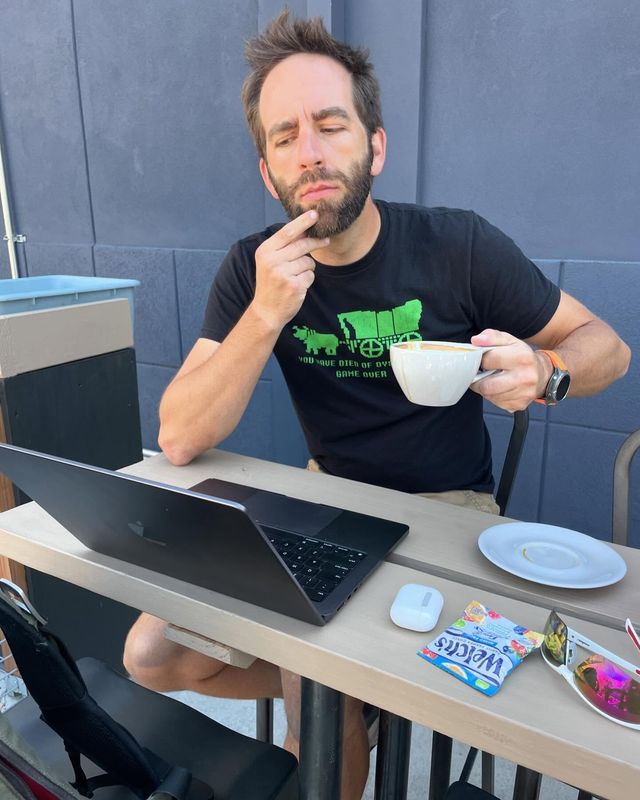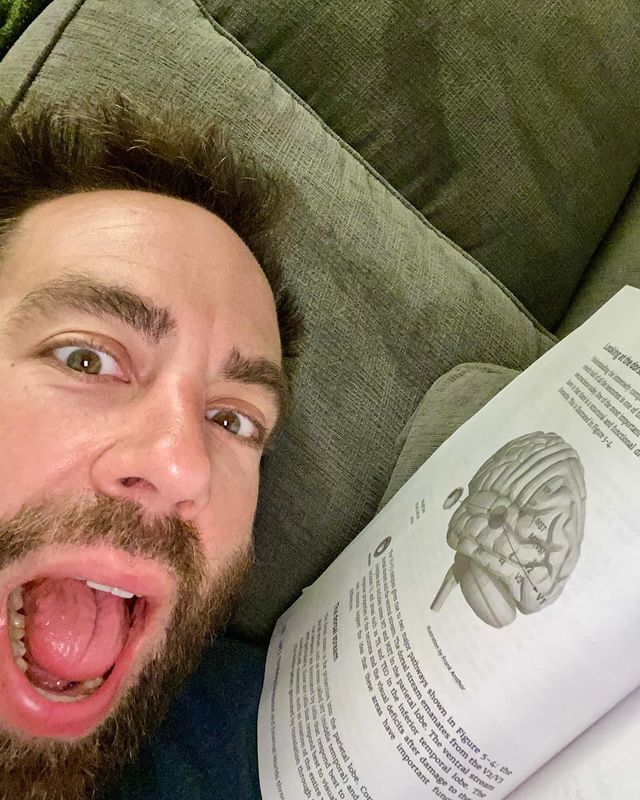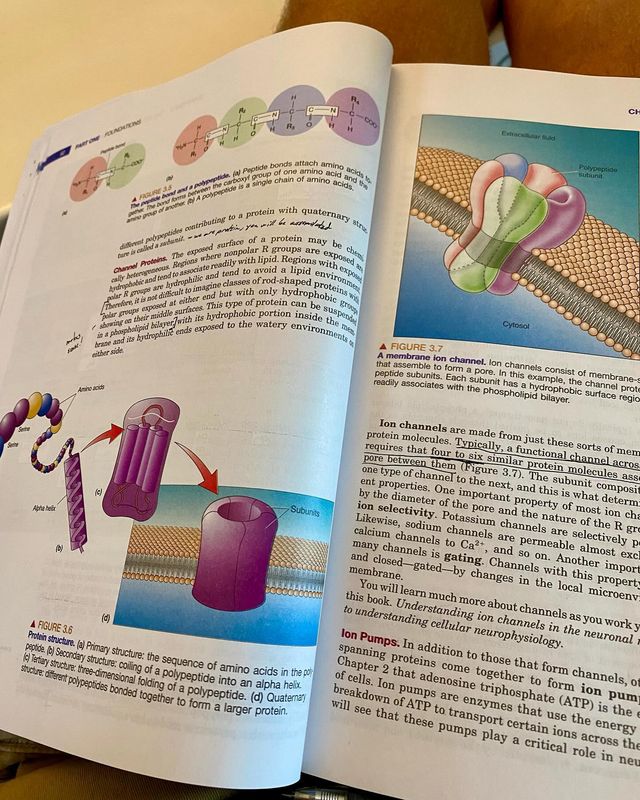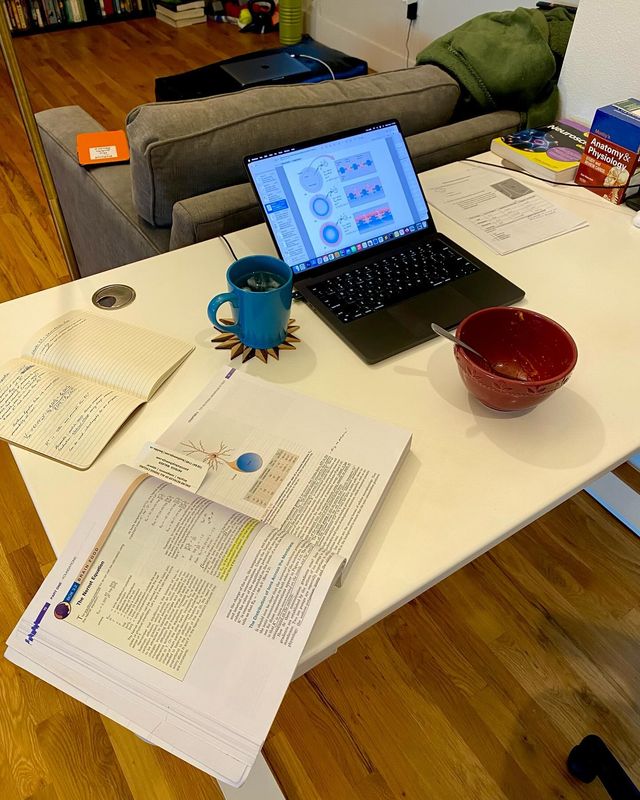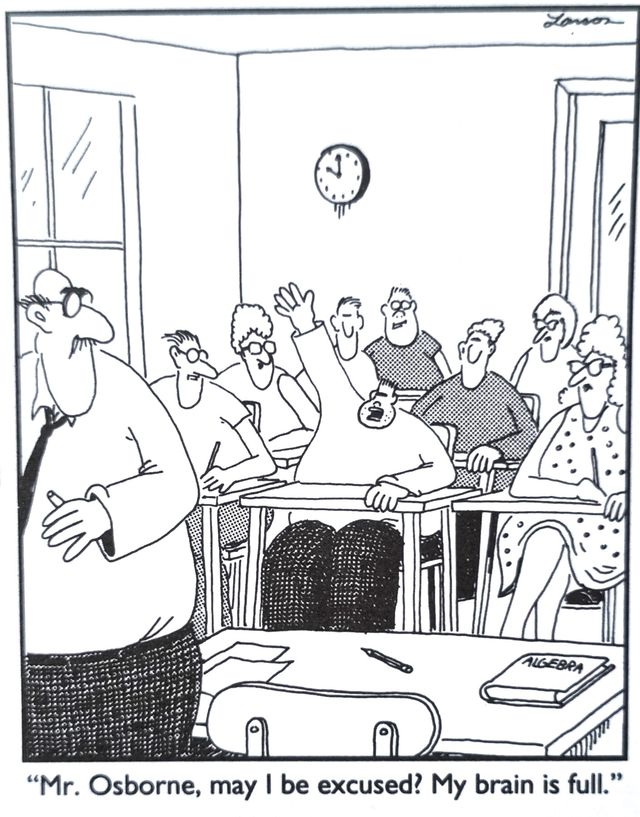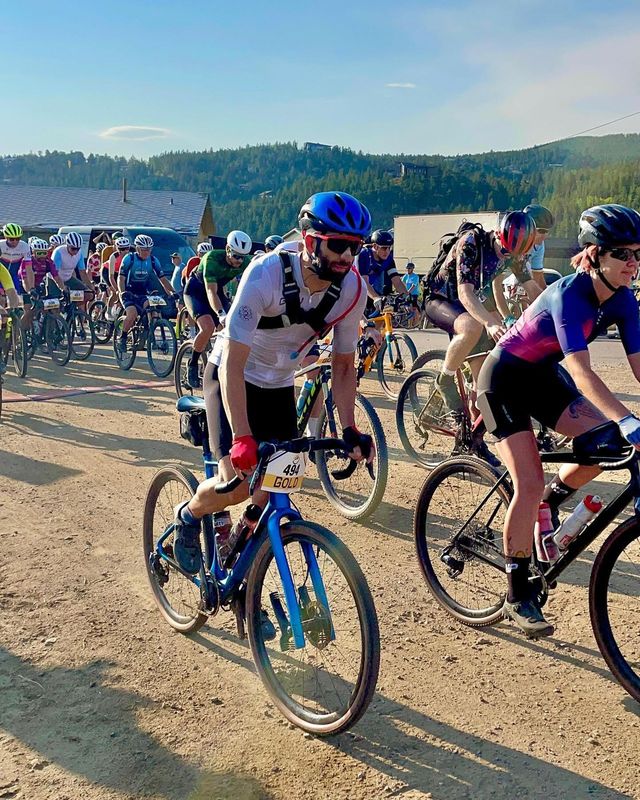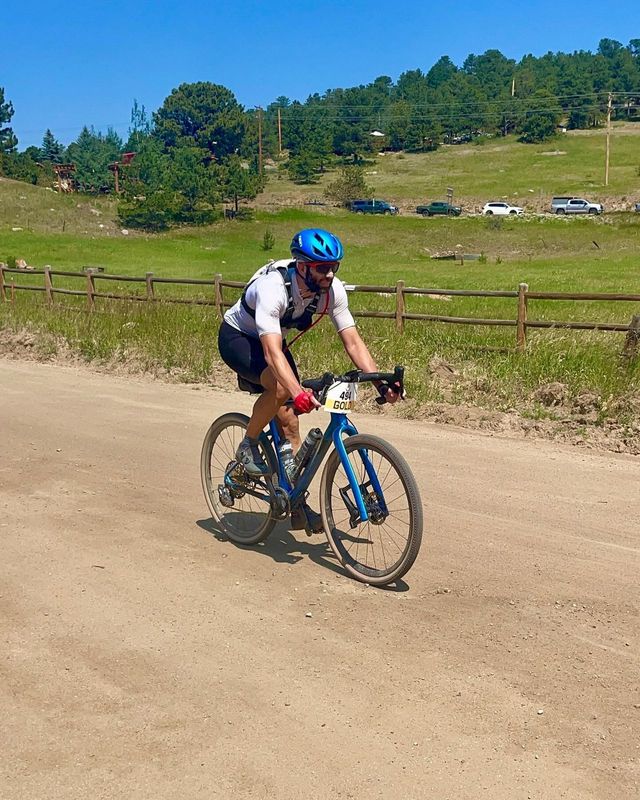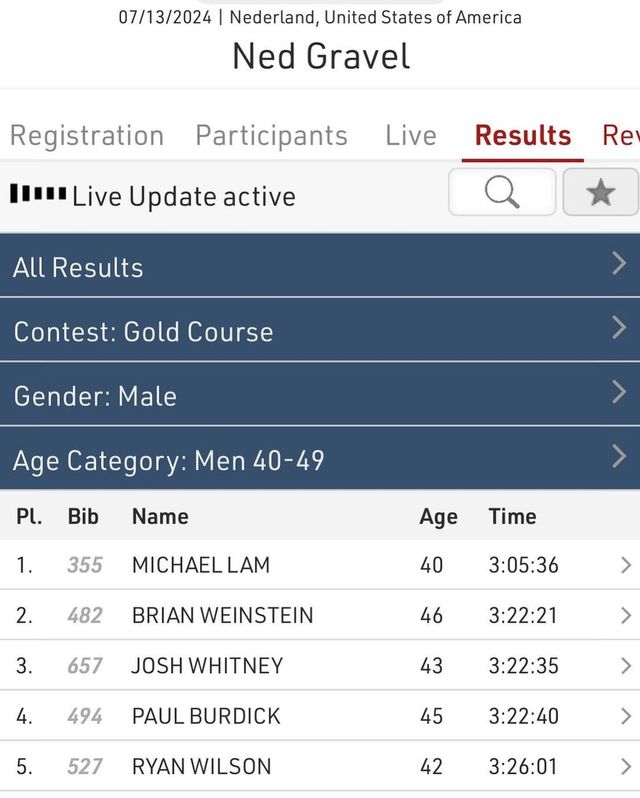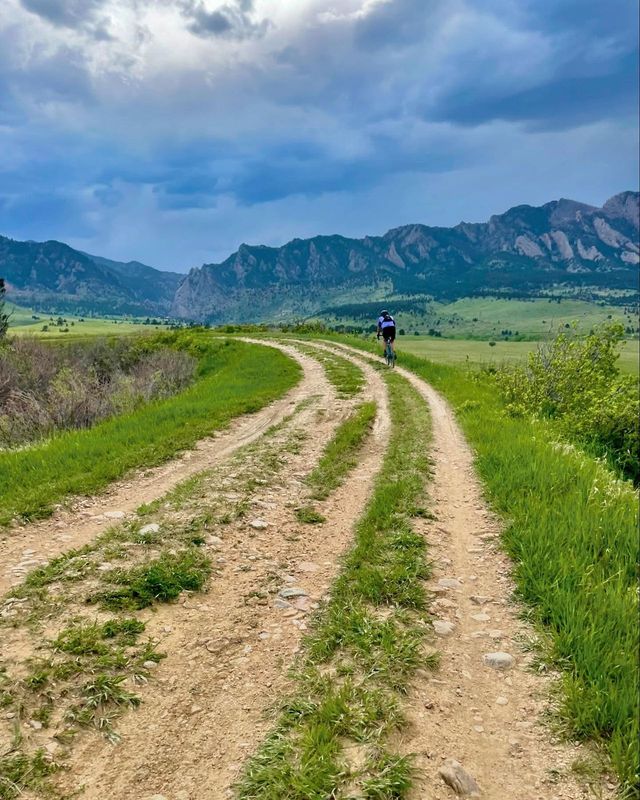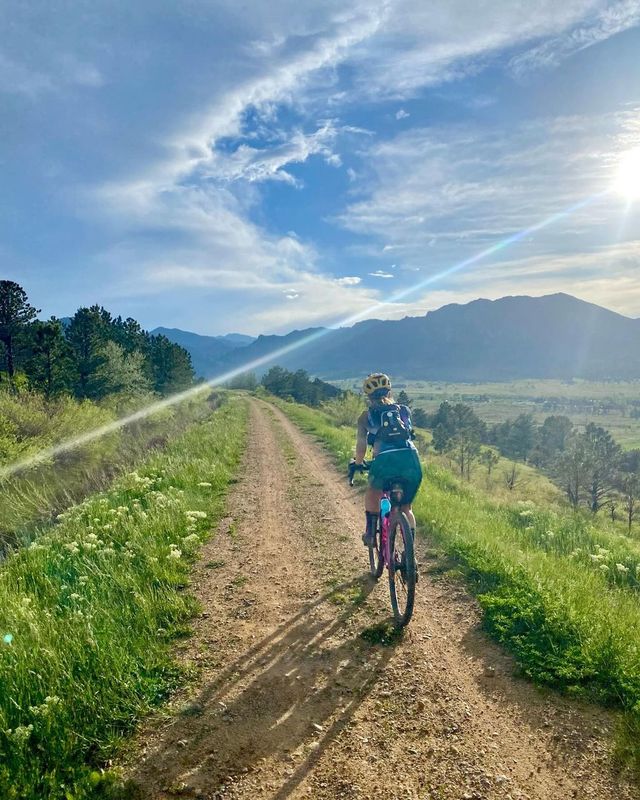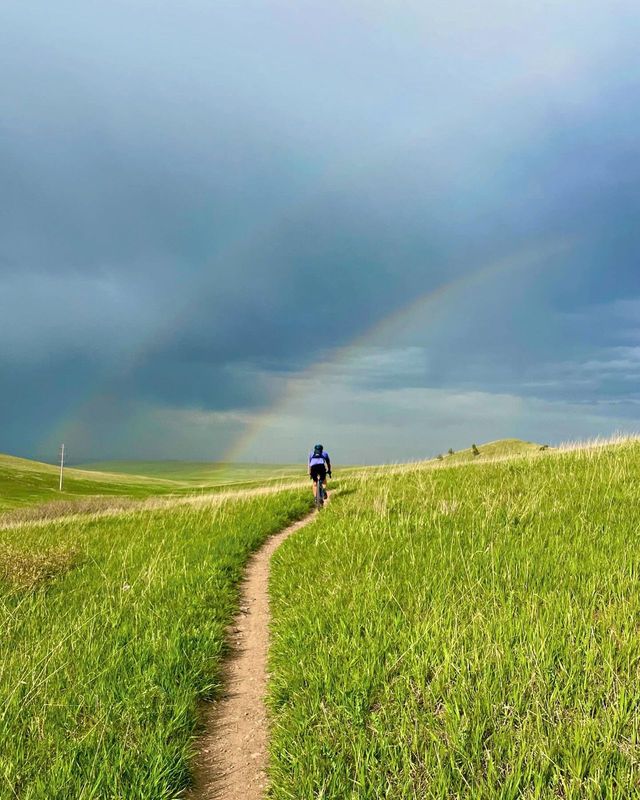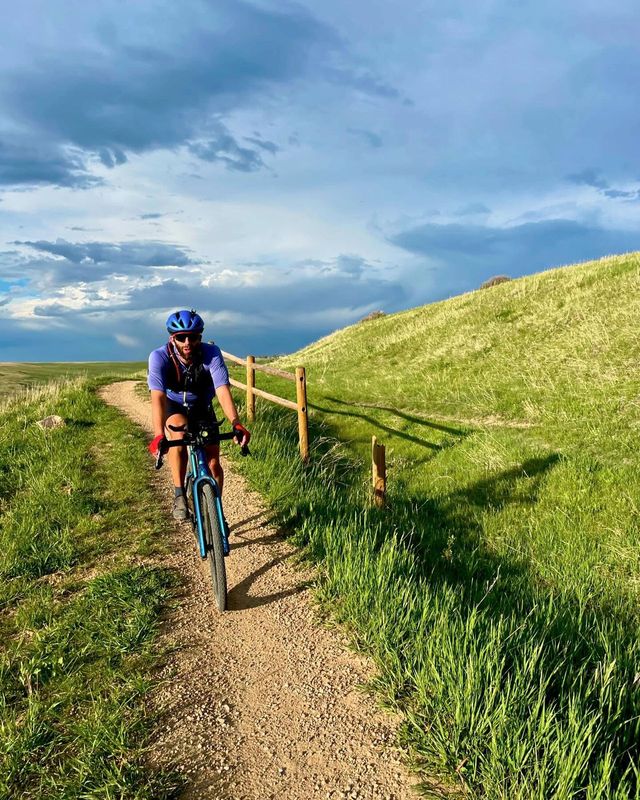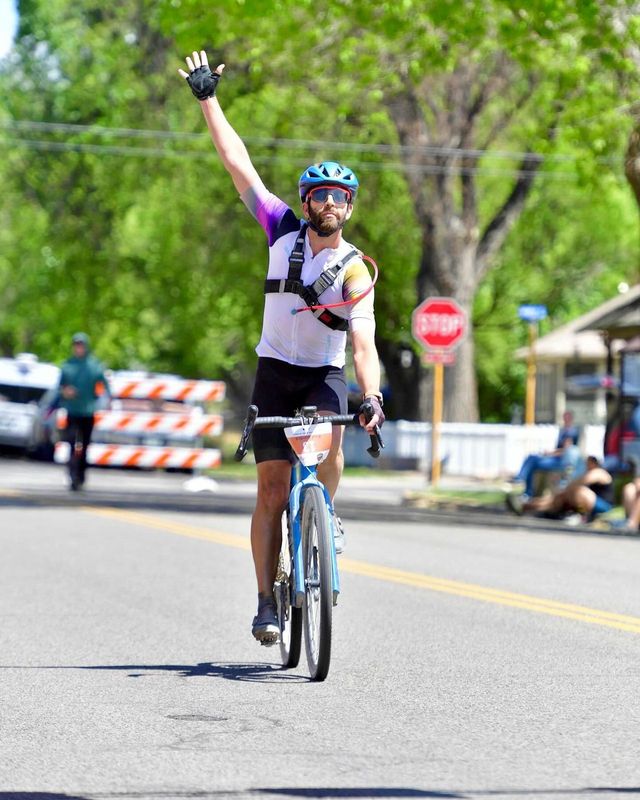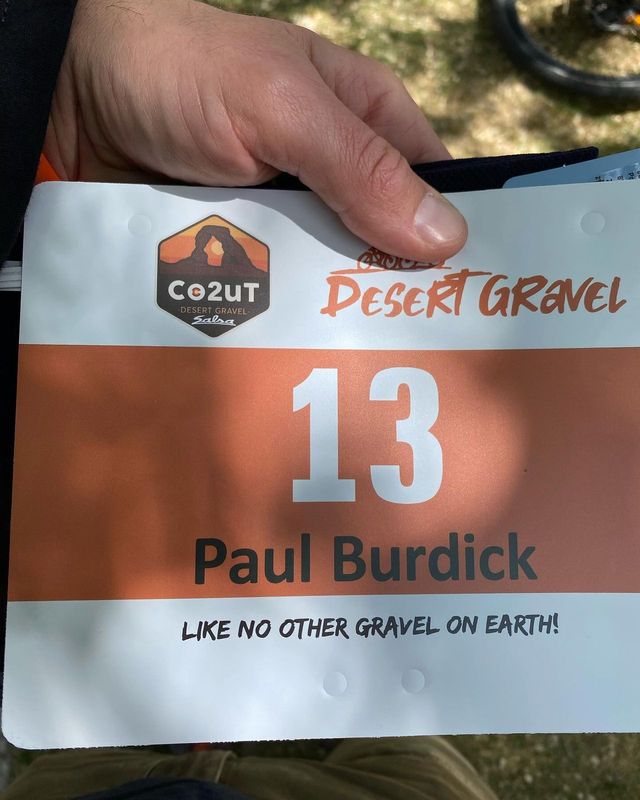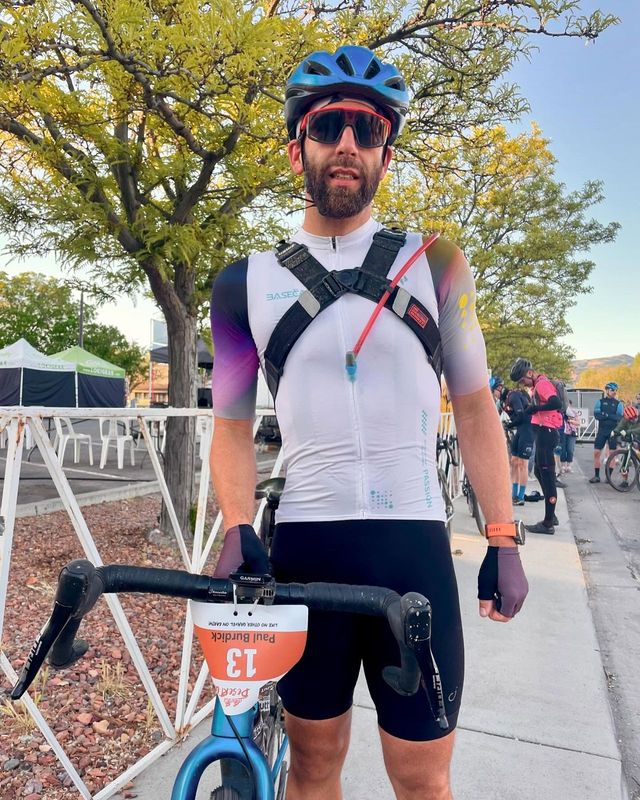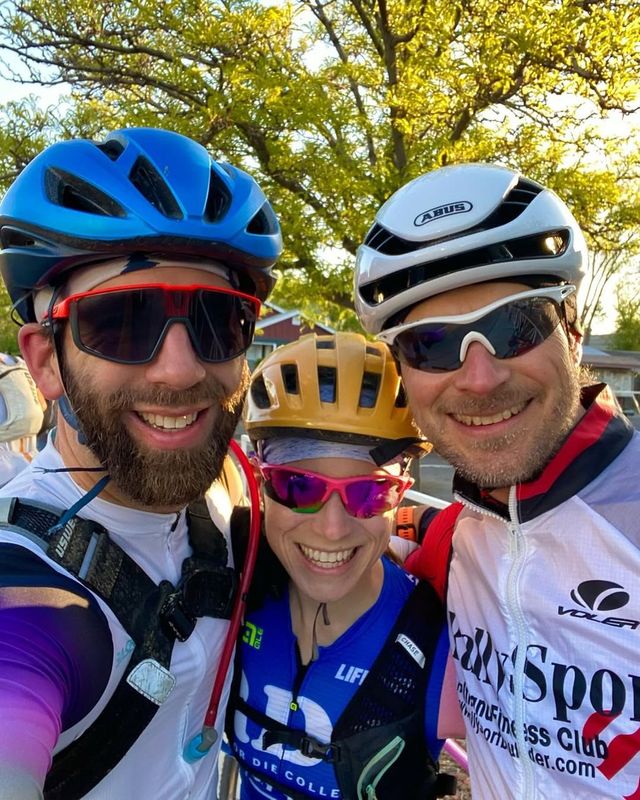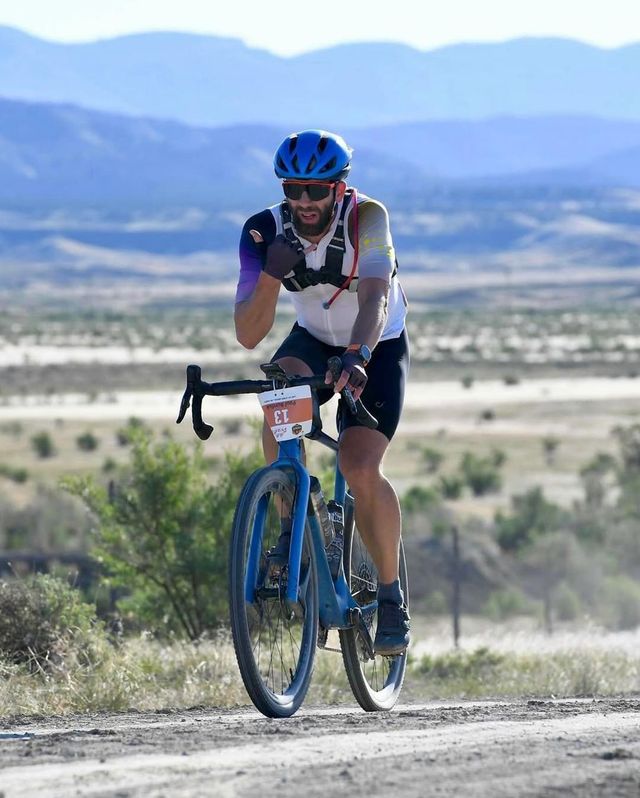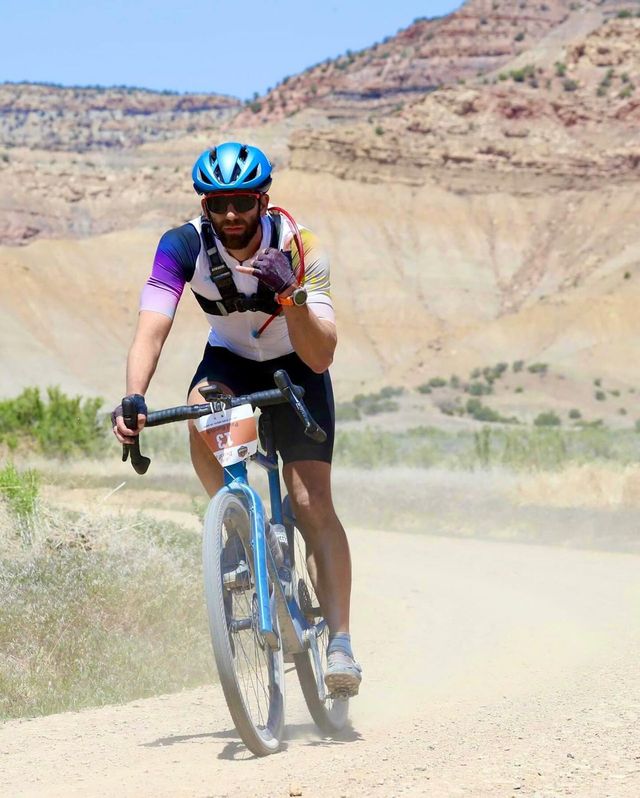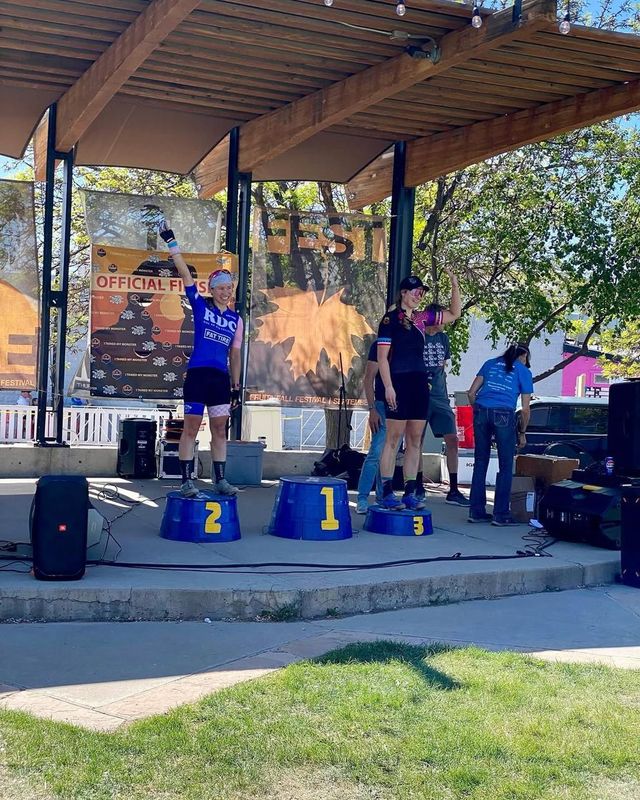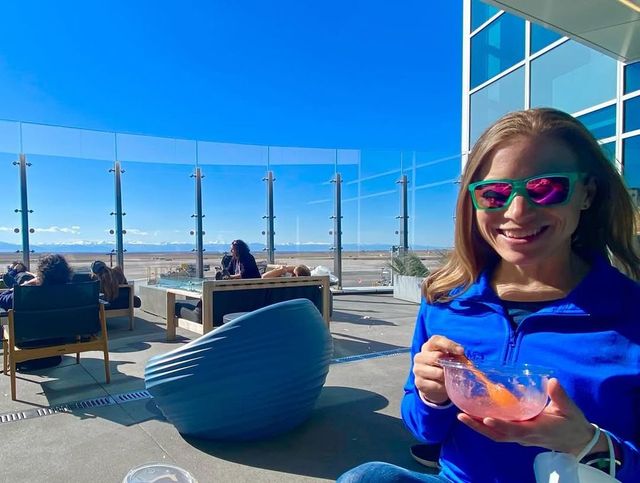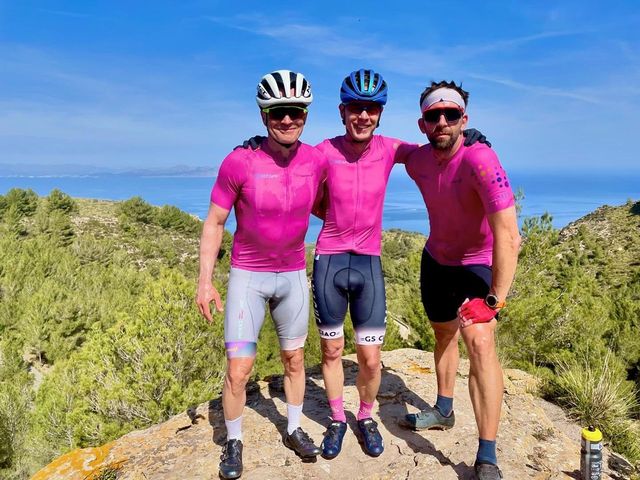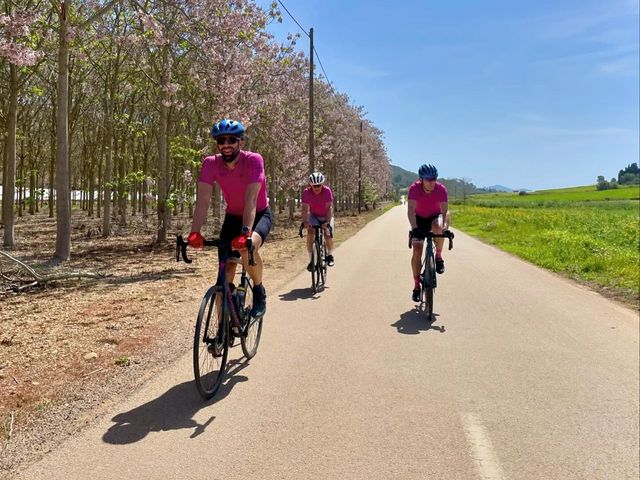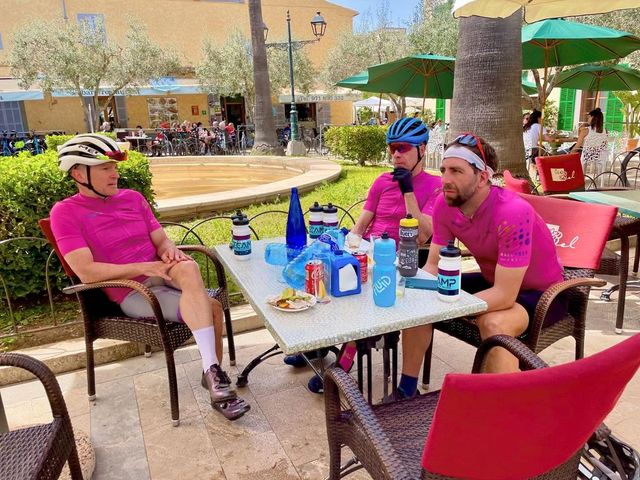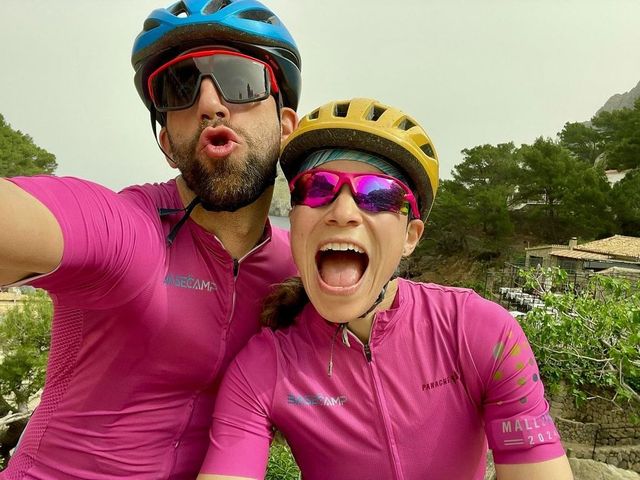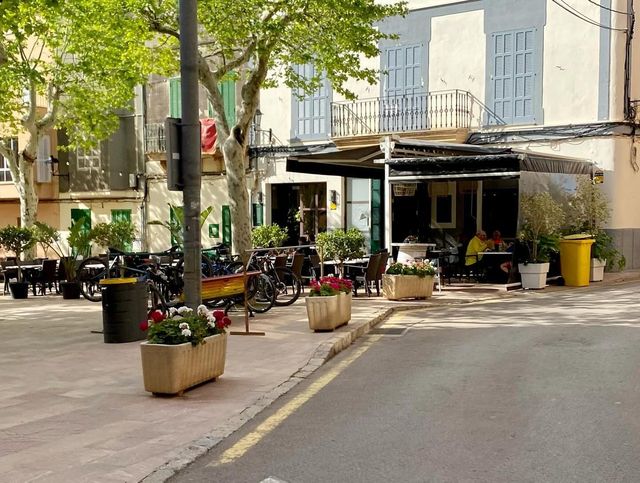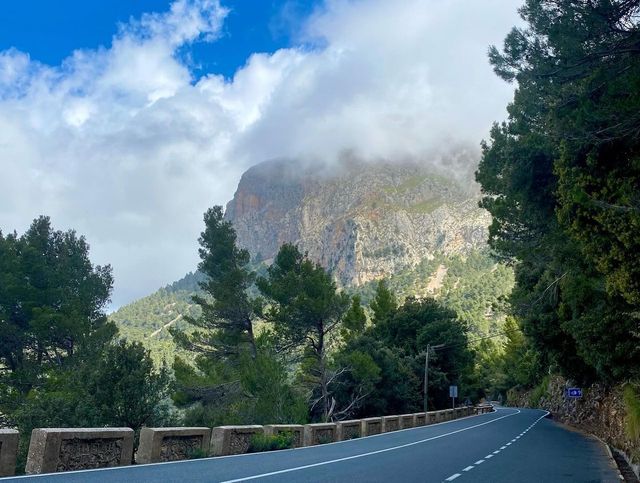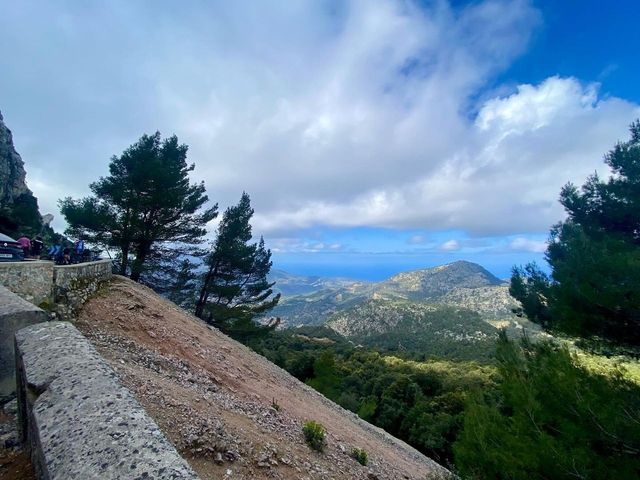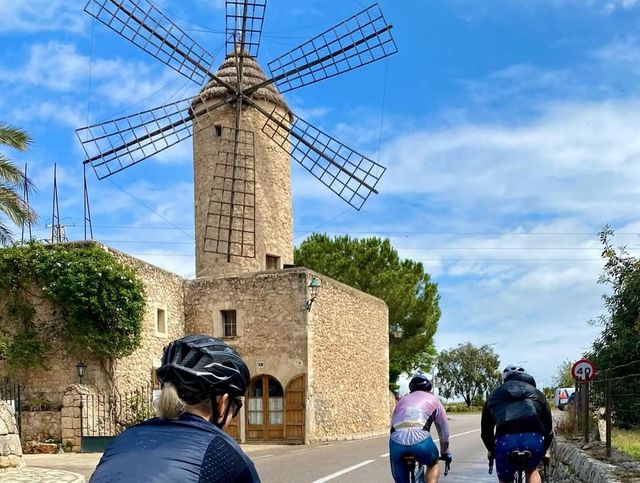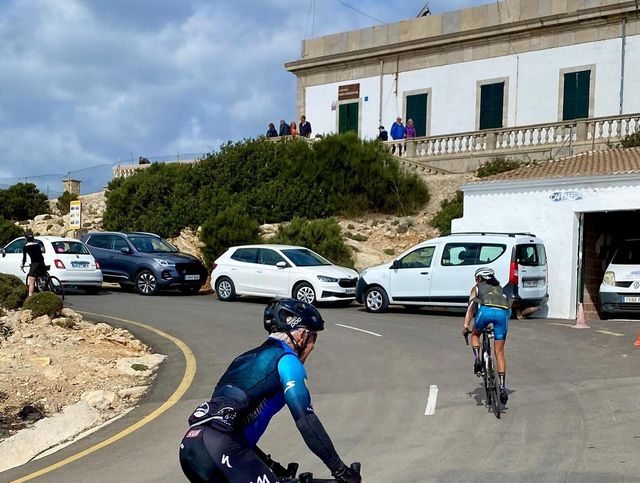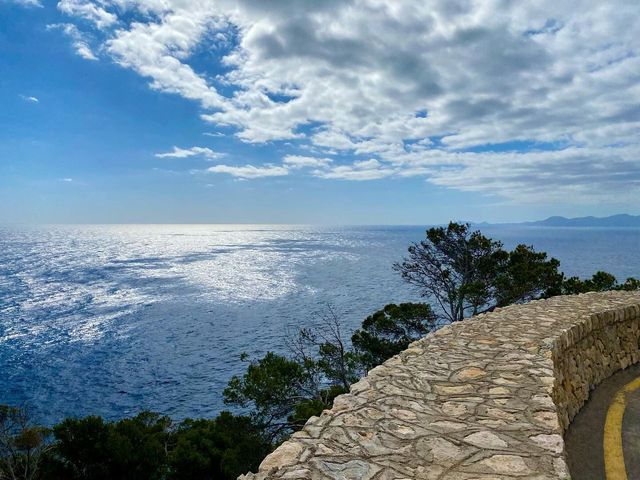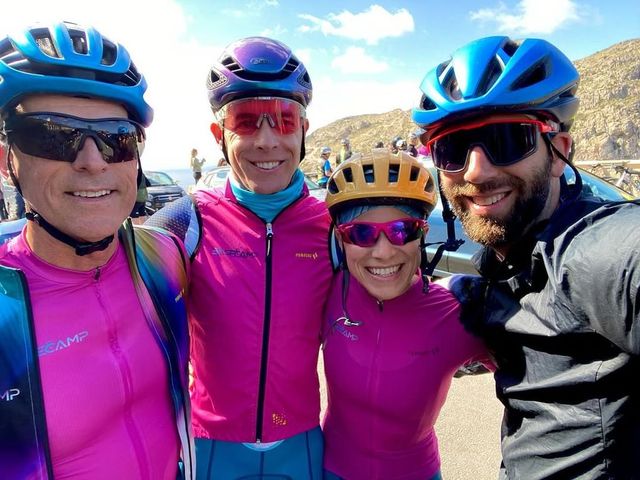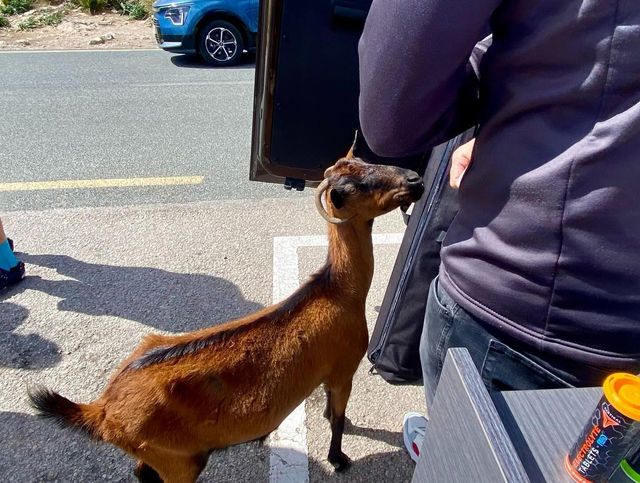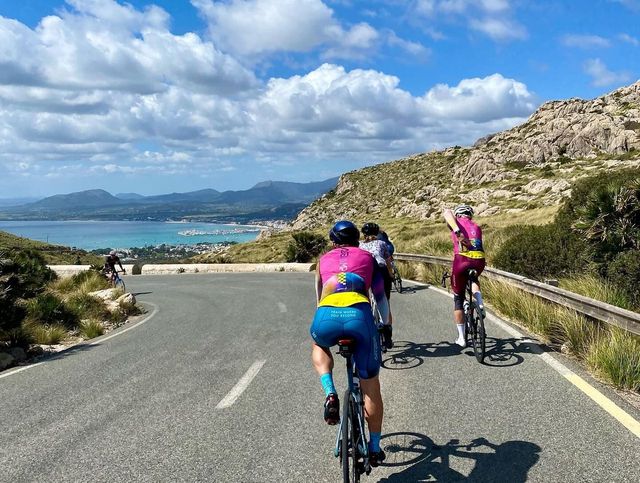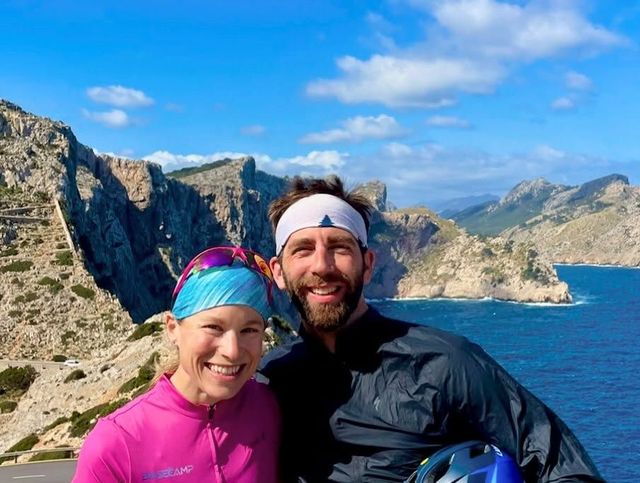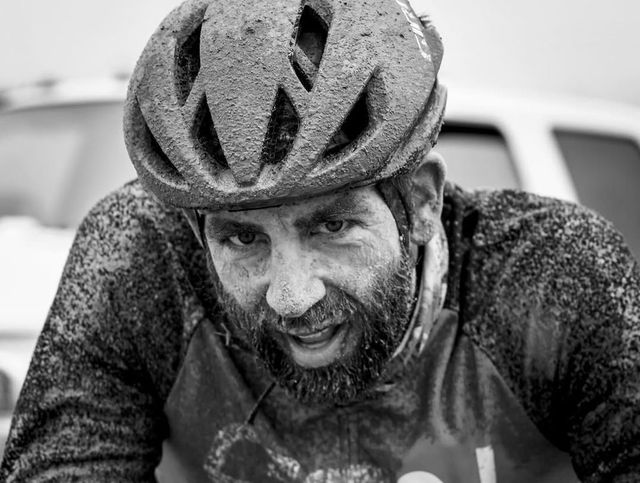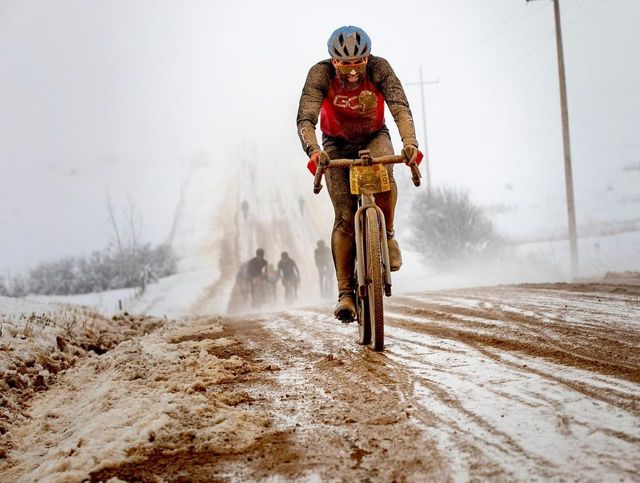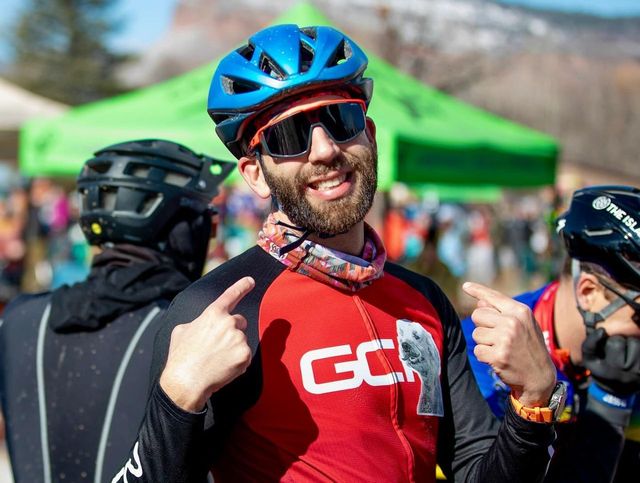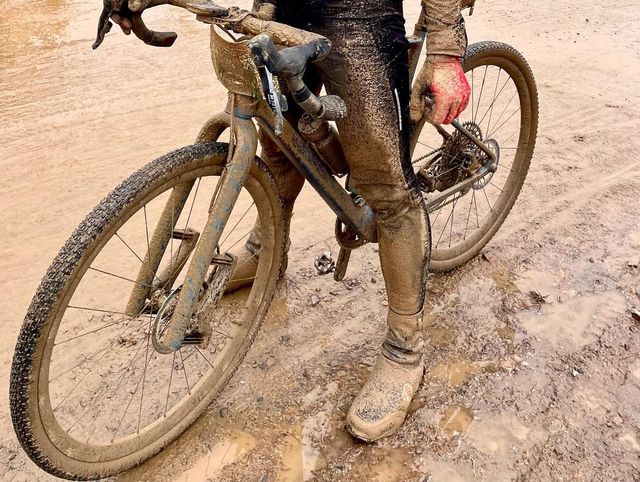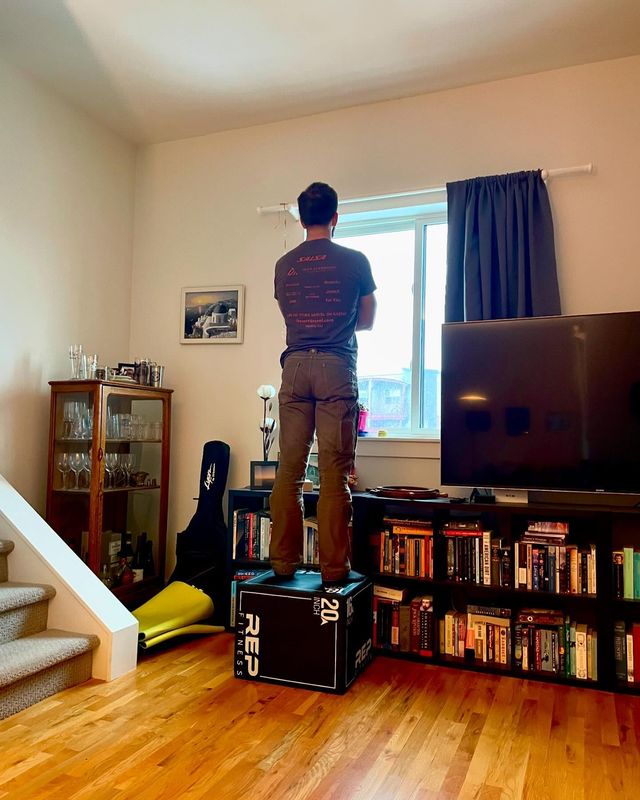
Numb rage. That’s where I am at. Squeezing that rage so tightly that you dare not unclench because you’ll completely lose your shit. Knowing that your rage about the condition of your country continues to grow every single year. Wondering if there is an option to build a two car garage in your soul as you are soon going to need the extra space for your RAGE.
There are so many things wrong with this country that it defies belief. Climate emergency. Gun violence. Income inequality. Housing crisis. Health crisis. Infrastructure failing. Education gap. Mass incarceration crisis. Mental health crisis. Opioid epidemic. Personal and federal debt crisis. Racism. Misogyny. Police brutality. Gods above and below, it just goes ON and ON.
Yet we are nation of wealth and technological marvels. Movies. Music. Innovation. Culture. And a melting pot that for all its clashes, still manages to bring together people from every corner of the world. Finally, it gave people hope that things would slowly, painfully, stutteringly get better.
Not anymore. Half the electorate has rallied behind a leader who thrives on division, stoking fear and intolerance in pursuit of power. This isn’t just political—it’s a choice to abandon equality, empathy, and progress for promises of power and dominance. Instead of the slow, painful march toward a better society, we stand on the brink of unraveling, where gains made over generations risk being lost, and where unity and compassion are buried beneath selfish, divisive demands.
The dream that America might one day become its best self feels like it’s flatlining, lost to a brutal, careless undoing of that dream. What remains is a hollowed-out country, a nation tearing itself apart, clinging to greed, fear, and hatred as its guiding lights. And that makes me absolutely fucking furious. I don’t want your words of support, of cheer, of positive thinking, of jokes. I absolutely want those cretins to burn to ash.
But otherwise, I’m doing great. How about you?
